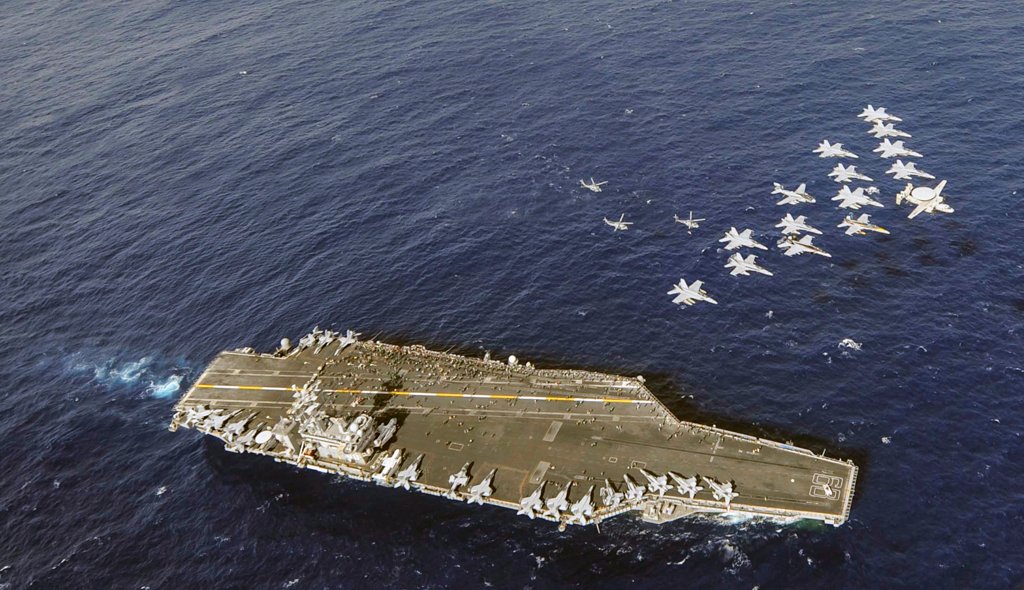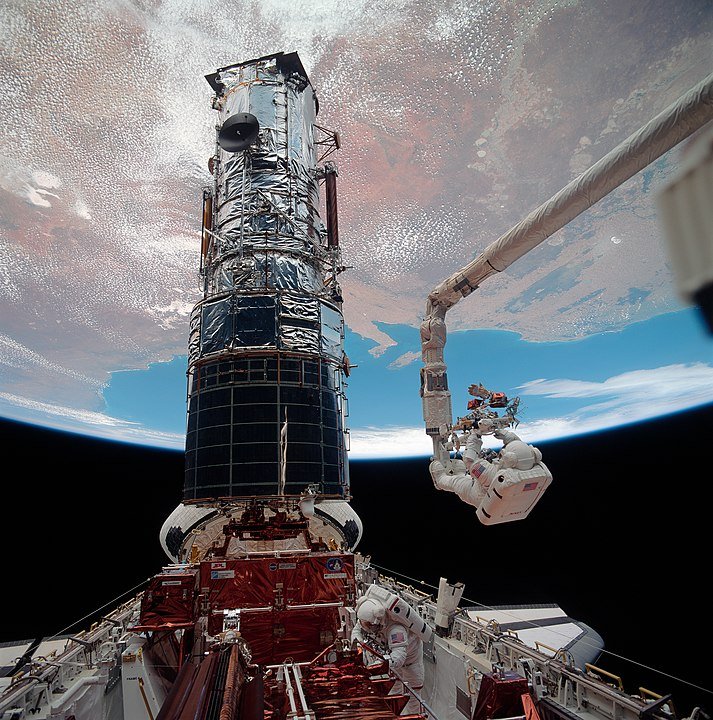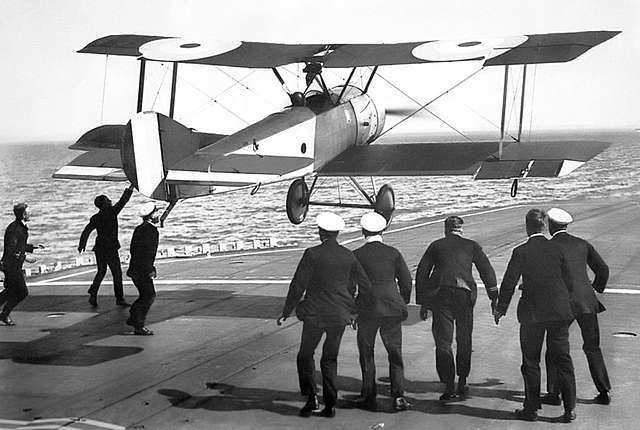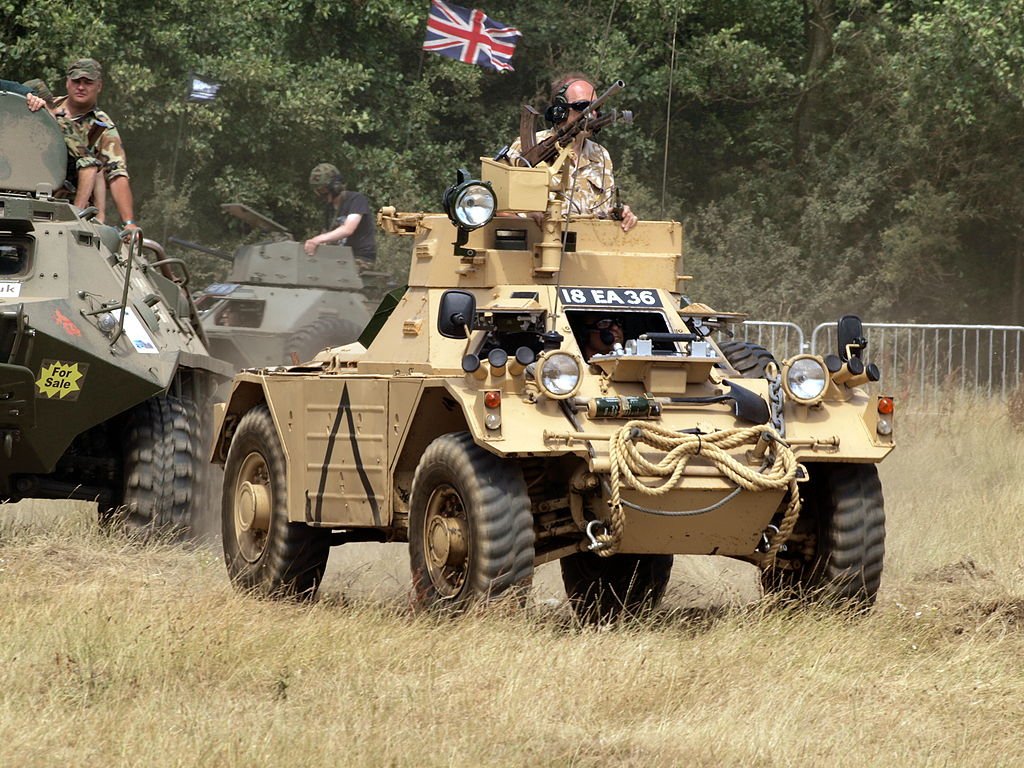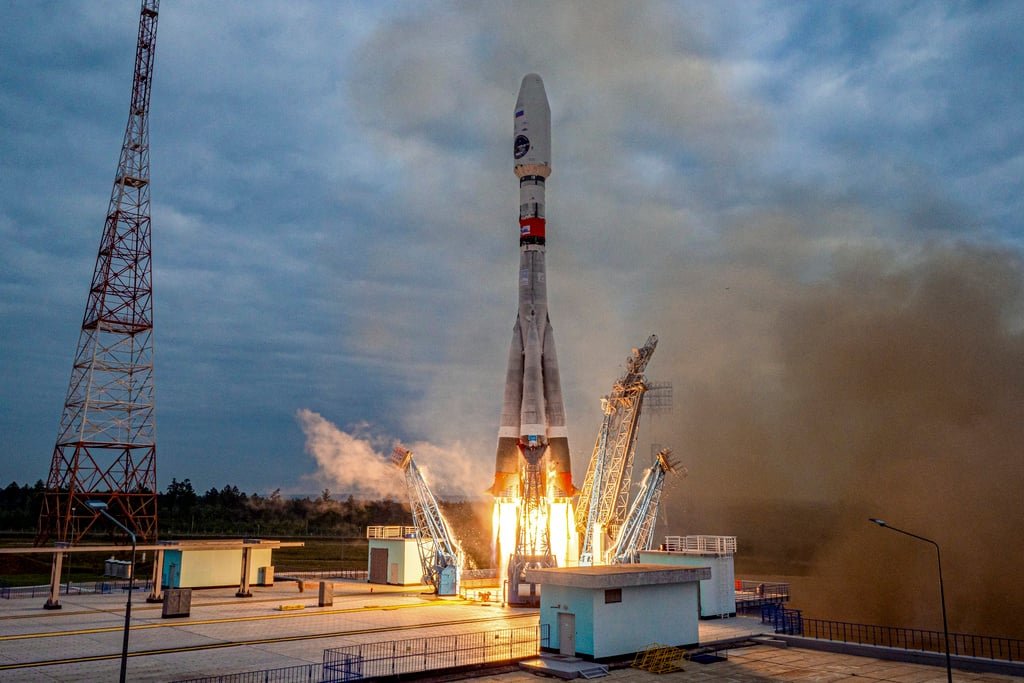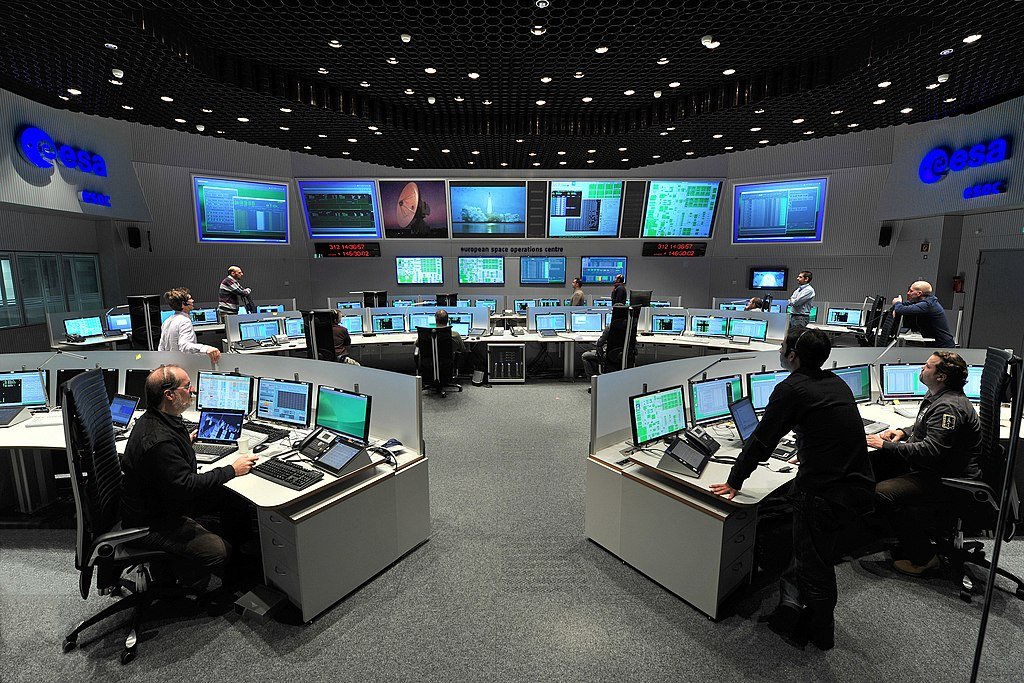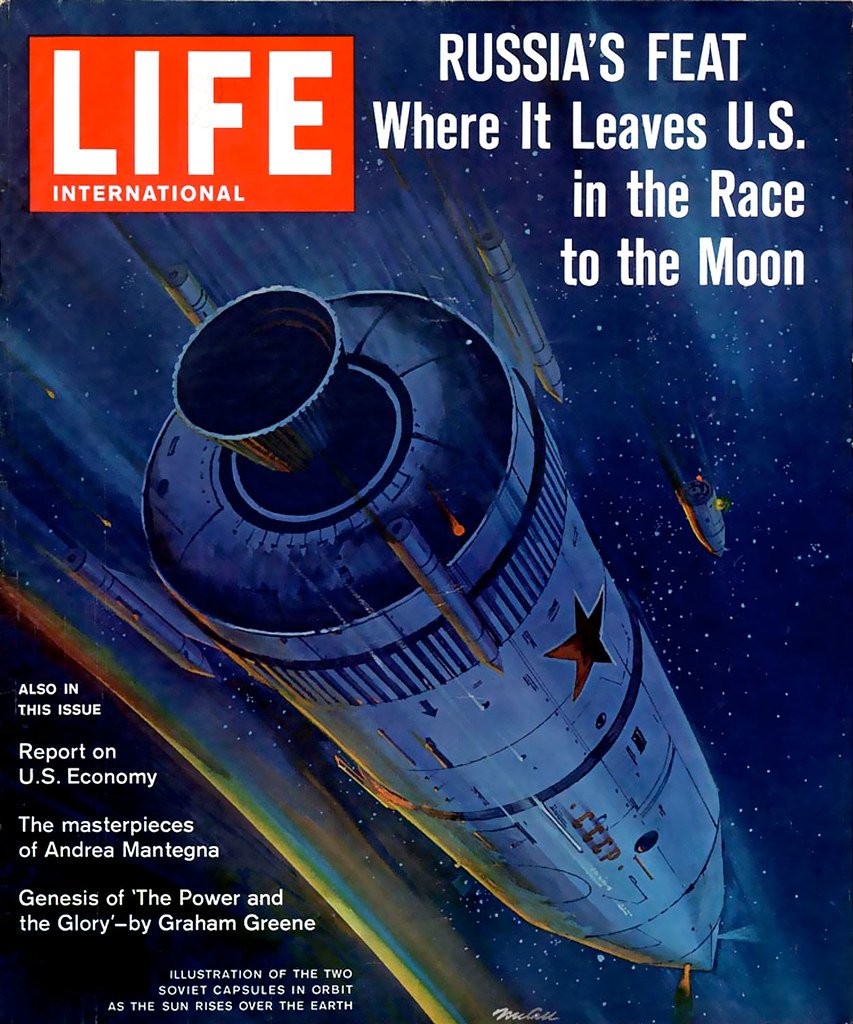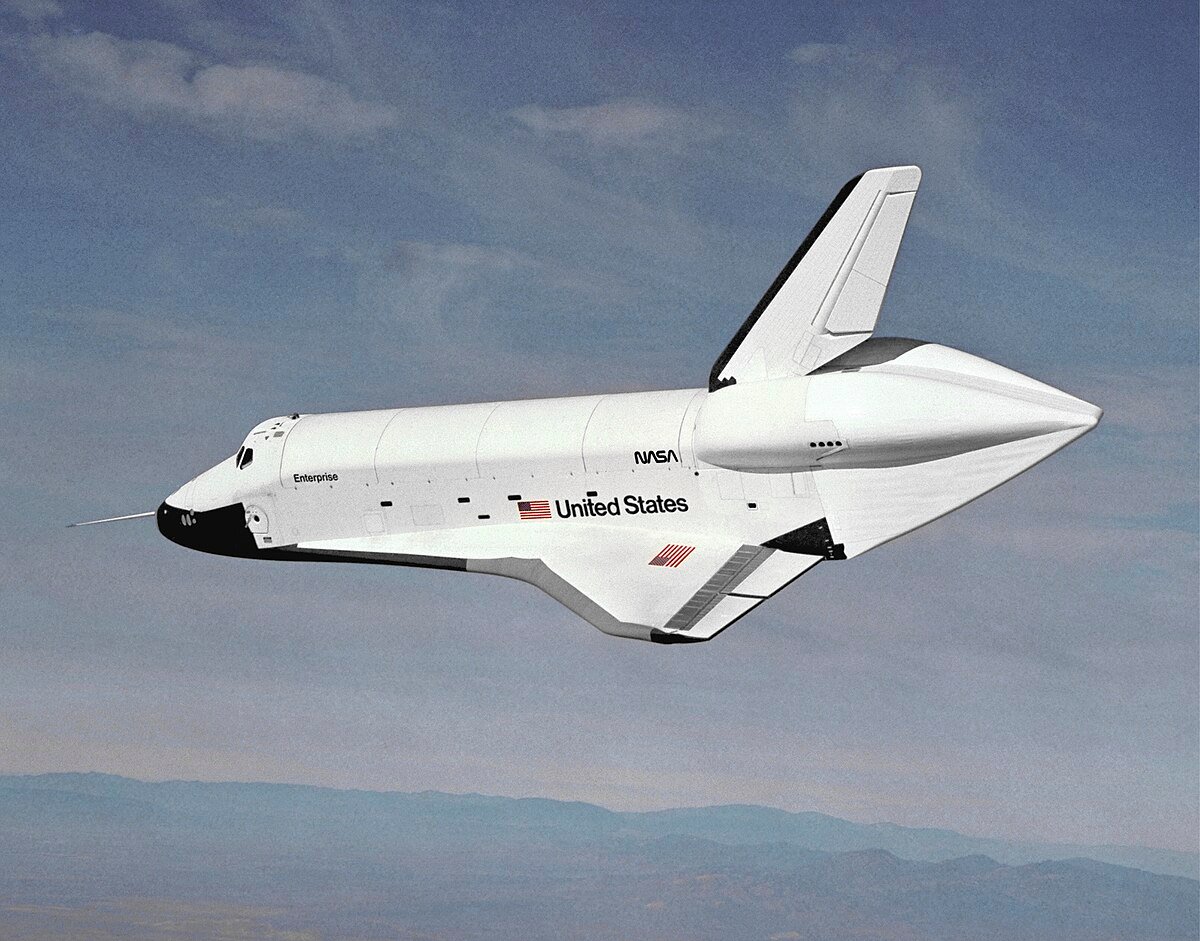The name “Apollo 13” resonates in the annals of space exploration as a testament to the indomitable spirit and unwavering resolve of NASA’s Apollo program. Originally conceived as the seventh mission in NASA’s ambitious lunar exploration endeavor, Apollo 13 would go down in history not for a triumphant lunar landing but for the heroic rescue mission it became.
The Apollo 13 Mission, launched on April 11, 1970, was part of NASA’s Apollo Space Program, which aimed to land astronauts on the Moon and advance our understanding of the cosmos. It carried a crew of three intrepid astronauts: Commander James A. Lovell Jr., Command Module Pilot John L. Swigert Jr., and Lunar Module Pilot Fred W. Haise Jr., each poised to make history.
However, fate had other plans for Apollo 13. Approximately 56 hours into its journey to the Moon, disaster struck when an oxygen tank in the Service Module exploded, plunging the mission into chaos. Suddenly, the astronauts found themselves in a difficult situation, stranded in the unforgiving depths of space.
In a remarkable display of resourcefulness, teamwork, and sheer determination, the astronauts aboard Apollo 13 and the brilliant minds at NASA’s mission control center in Houston, Texas, rallied together to transform this catastrophe into a triumphant return home. Their remarkable journey involved life-saving decisions, ingenious problem-solving, and an unforgettable “slingshot” maneuver around the Moon.
This account of the Apollo 13 Mission explores this remarkable odyssey’s breathtaking highs and heart-stopping lows. It is a story of humanity’s audacious spirit in the face of adversity, a testament to the unwavering commitment of NASA to the space program, and a reminder that even in the harshest reaches of space, the human spirit can prevail against all odds.
Table of Contents
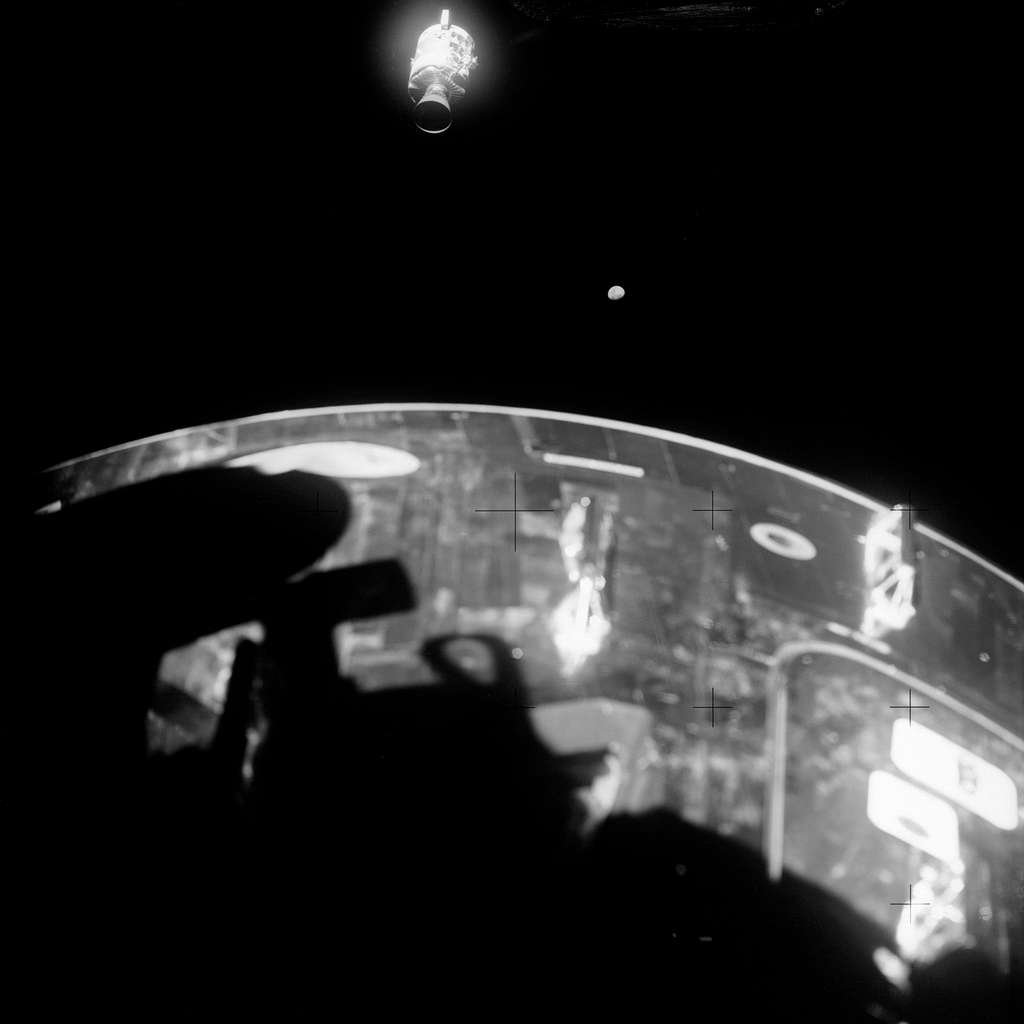
What was the primary goal of Apollo 13?
The primary goal of Apollo 13, the seventh crewed mission in NASA’s Apollo program, was to continue the exploration of the Moon. Specifically, the mission aimed to land astronauts in the Fra Mauro highlands, a region on the lunar surface. This region was selected because it promised valuable scientific insights into the Moon’s geological history and evolution.
The Apollo 13 mission conducted scientific experiments, collected lunar samples, and deployed instruments to study seismic activity and the Moon’s magnetic field. The astronauts were also to explore the area around the lunar crater called Cone. They hoped to expand our understanding of the Moon’s composition and geological characteristics by doing so.
However, the mission’s primary objective of landing on the Moon had to be abandoned due to a catastrophic oxygen tank explosion in the Service Module. As a result, Apollo 13’s primary goal shifted from lunar exploration to ensuring the safe return of its crew to Earth, turning it into a remarkable story of resilience, problem-solving, and a successful rescue mission.
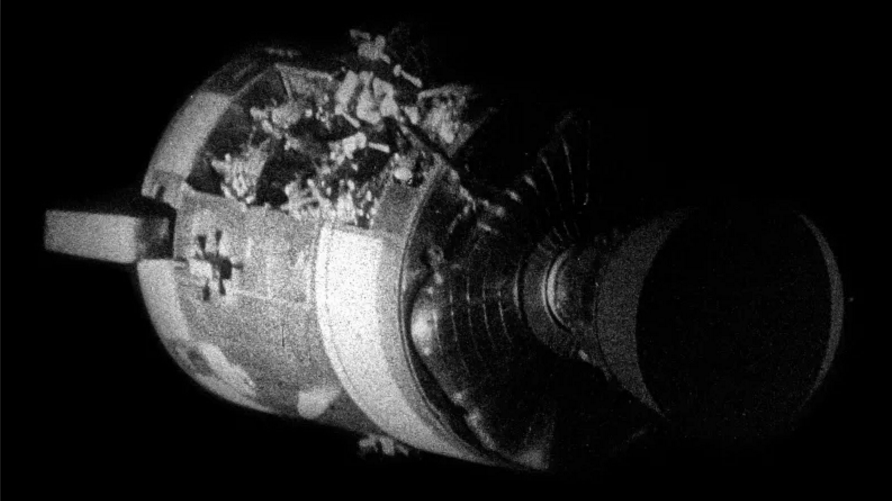
What caused Apollo 13 failure?
The primary cause of the Apollo 13 failure was an oxygen tank explosion in the Service Module. This explosion occurred approximately 56 hours into the mission while the spacecraft was en route to the Moon. The explosion was triggered by a fault in an electrical system that caused a wire inside the oxygen tank to overheat, igniting the highly pressurized and volatile oxygen and fuel mix.
The explosion had several critical consequences. It led to a loss of electrical power in the Service Module, crippling the spacecraft’s life support systems, including its power generation and environmental control. Furthermore, it resulted in a significant loss of consumables such as water and oxygen.
As a result, the planned lunar landing had to be aborted, and the mission’s focus shifted to the astronauts’ safe return to Earth. The crew had to transfer to the Lunar Module, which had its life support systems, to ensure their survival. They also had to navigate a dangerous “slingshot” trajectory around the Moon to adjust their course for Earth. Successfully resolving these challenges required quick thinking, resourcefulness, and teamwork in space and at NASA’s mission control.
Apollo 13 overview
Apollo 13 was the seventh crewed mission in NASA’s Apollo space program and was intended to be the third mission to land humans on the Moon. However, it is best known for the dramatic events that unfolded during the mission, which turned it into a harrowing rescue mission rather than a lunar landing. Here’s an overview of Apollo 13:
Mission Details
Launch Date
Apollo 13 was launched on April 11, 1970, from Kennedy Space Center in Florida.
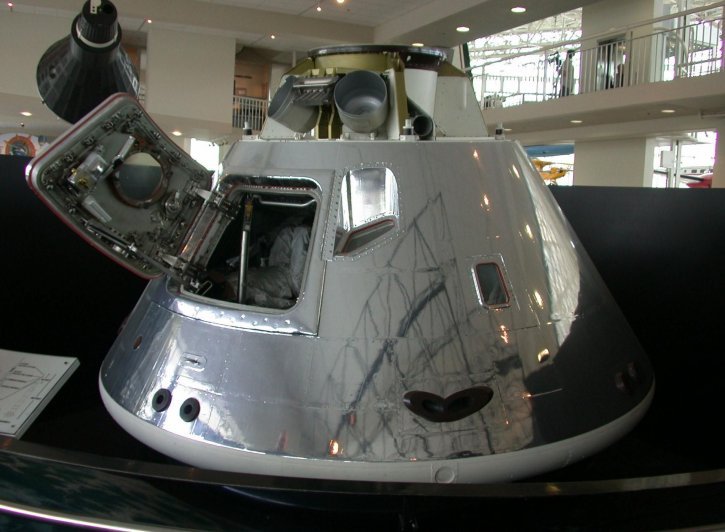
Command Module (CM)
The Apollo 13 spacecraft was a marvel of engineering, comprising three essential components that worked harmoniously to fulfill the mission’s objectives. These components were the Command Module (CM), known as “Odyssey,” the Service Module (SM), and the Lunar Module (LM), named “Aquarius.”
Command Module (CM – Odyssey)
The Command Module served as the astronauts’ primary living quarters and control center during the mission. It was the only part of the spacecraft that returned to Earth and safely splashed down in the ocean. Inside the CM, the astronauts had seats, control panels, and windows for navigation and observation.
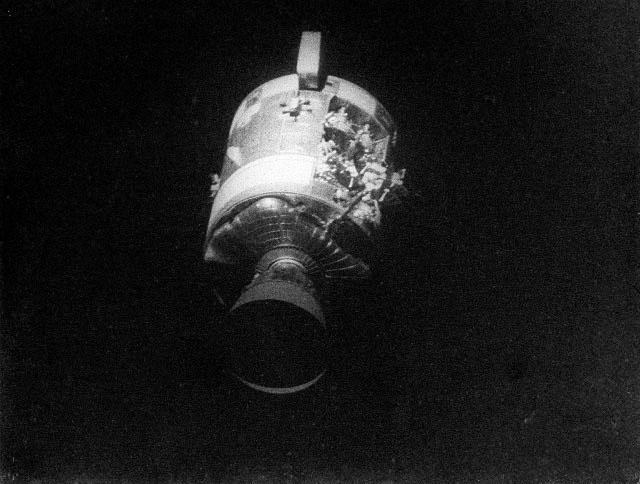
Service Module (SM)
The Service Module was positioned directly behind the Command Module and provided essential functions for the mission. It contained the spacecraft’s main engine, which was used for course adjustments, lunar orbit insertion, and critical supplies such as oxygen, electricity, and water. Unfortunately, the explosion of an oxygen tank in the SM was the leading cause of the mission’s near catastrophe.
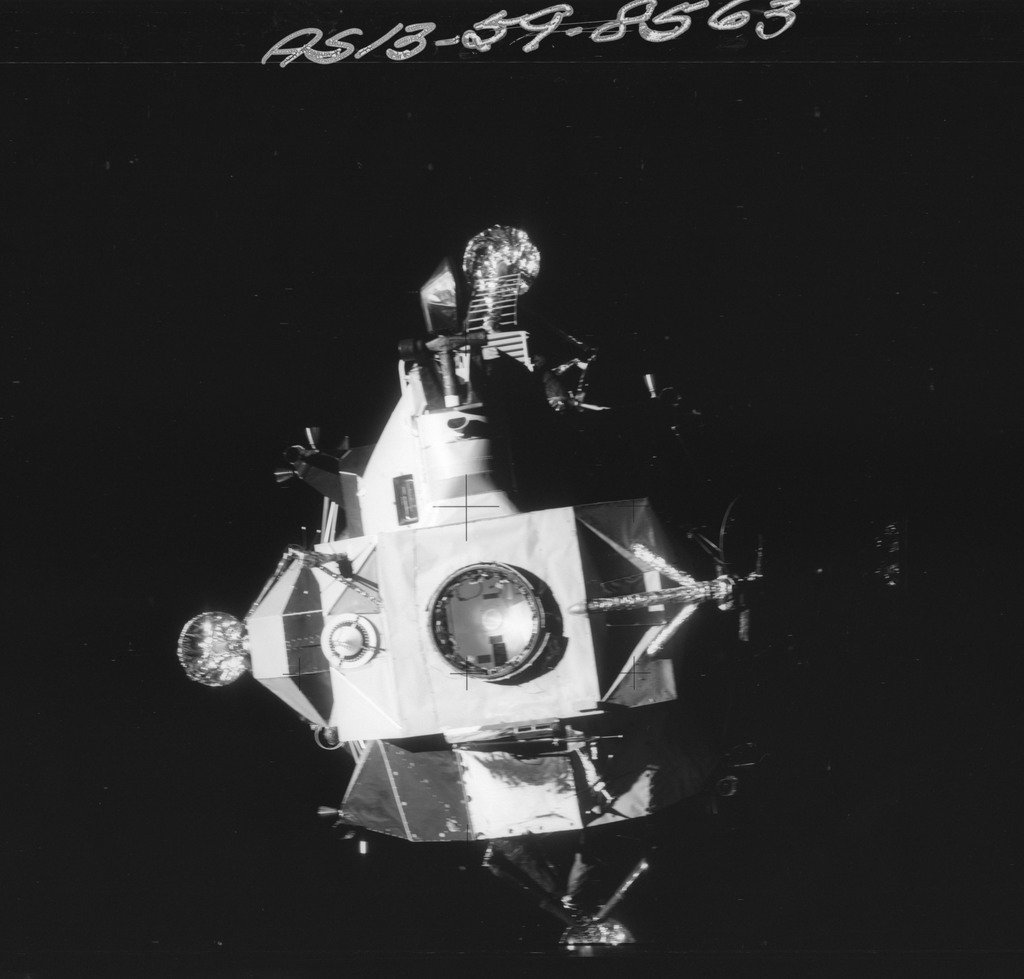
Lunar Module (LM – Aquarius)
The Lunar Module was designed to transport astronauts from lunar orbit to the lunar surface and back. While the intended lunar landing was aborted, the LM played a crucial role in providing a haven for the crew after the Service Module was disabled. It became their lifeboat and ensured their survival on the journey back to Earth.
These three components, each with specialized functions, were integral to the Apollo 13 mission, demonstrating the intricate interdependence of technology and teamwork in the challenging space exploration environment.
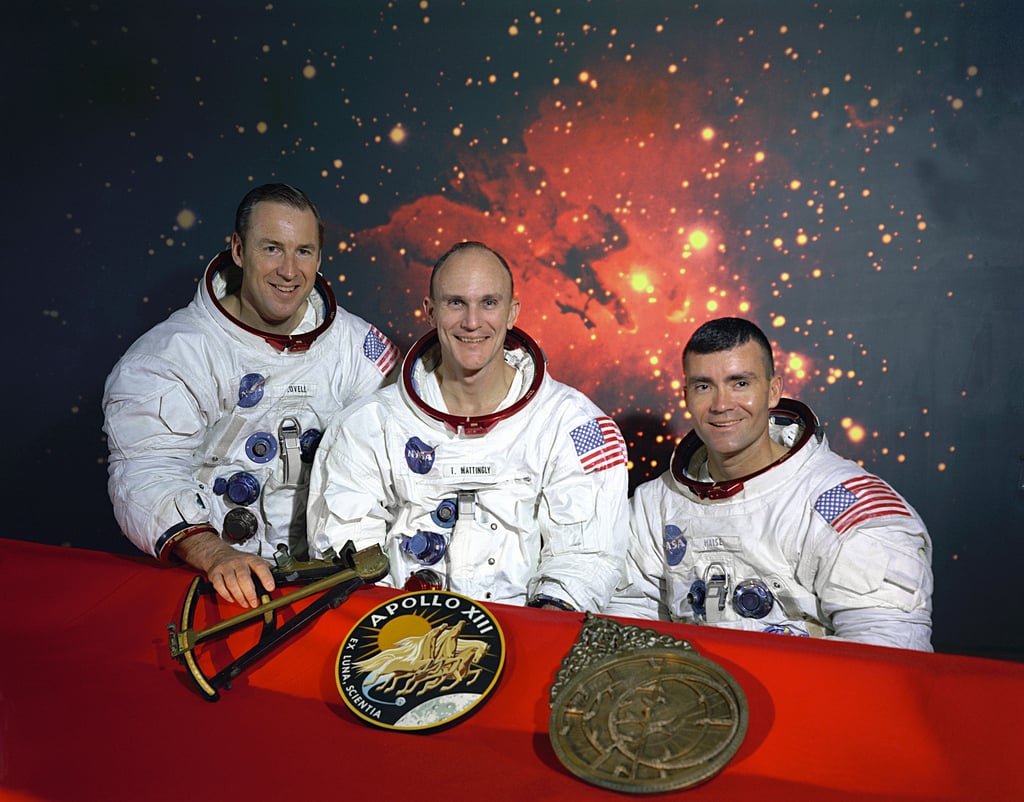
Crew
The crew of Apollo 13 consisted of three astronauts:
James A. Lovell Jr. – Commander
John L. Swigert Jr. – Command Module Pilot
Fred W. Haise Jr. – Lunar Module Pilot
Mission Objective
The primary objective of Apollo 13 was to explore the Fra Mauro highlands on the Moon, specifically the area around the lunar crater Cone. They were also tasked with conducting experiments and collecting lunar samples.
The Incident
Approximately 56 hours into the Apollo 13 mission, disaster struck when an oxygen tank in the Service Module exploded while the spacecraft was en route to the Moon. This explosion sent shockwaves through the meticulously planned mission, resulting in a catastrophic loss of electrical power and a critical failure of the spacecraft’s life support systems. The crew, commanded by James A. Lovell Jr. and consisting of John L. Swigert Jr. and Fred W. Haise Jr., found themselves in an unprecedented and life-threatening situation.
The immediate consequence of this explosion was the cancellation of the planned lunar landing. Instead, the mission shifted dramatically to a singular objective: ensuring the astronauts’ safe return to Earth. The clock was ticking, and the crew had to improvise solutions to conserve their dwindling resources, endure extreme cold inside the spacecraft, and execute a daring “slingshot” maneuver around the Moon to alter their trajectory for a safe Earth re-entry.
Apollo 13 thus transformed from an ambitious lunar exploration mission into a harrowing rescue operation, testing the limits of human ingenuity, teamwork, and determination in the unforgiving environment of space.
Challenges and Heroic Efforts
Facing a life-threatening crisis, the Apollo 13 crew embarked on a harrowing journey of survival and improvisation. When the oxygen tank explosion crippled their spacecraft, they had no choice but to transfer to the Lunar Module, the “Aquarius.” This decision was crucial, as the Lunar Module had its own life support systems, providing them with essential oxygen, temperature control, and power.
As they hurtled through space toward the Moon, the crew executed a daring “slingshot” maneuver. They utilized the Moon’s gravitational pull to alter their trajectory and set them on a path back to Earth. This maneuver required precision and accurate calculations to ensure a safe return.
Inside the cramped confines of the Lunar Module, the astronauts, alongside the dedicated teams at NASA’s mission control, had to innovate rapidly. They fashioned makeshift solutions to conserve power, water, and other vital resources, stretching their supplies beyond their original design limits.
One of the most challenging aspects was dealing with the frigid temperatures in the spacecraft. With power conservation a top priority, they had to endure uncomfortably cold conditions, often seeing their breath frost in the cabin. Despite these hardships and the constant threat of life support system failure, the crew’s resilience, ingenuity, and collaboration ensured they made it back to Earth safely, turning what could have been a tragedy into a triumph of human determination and teamwork.
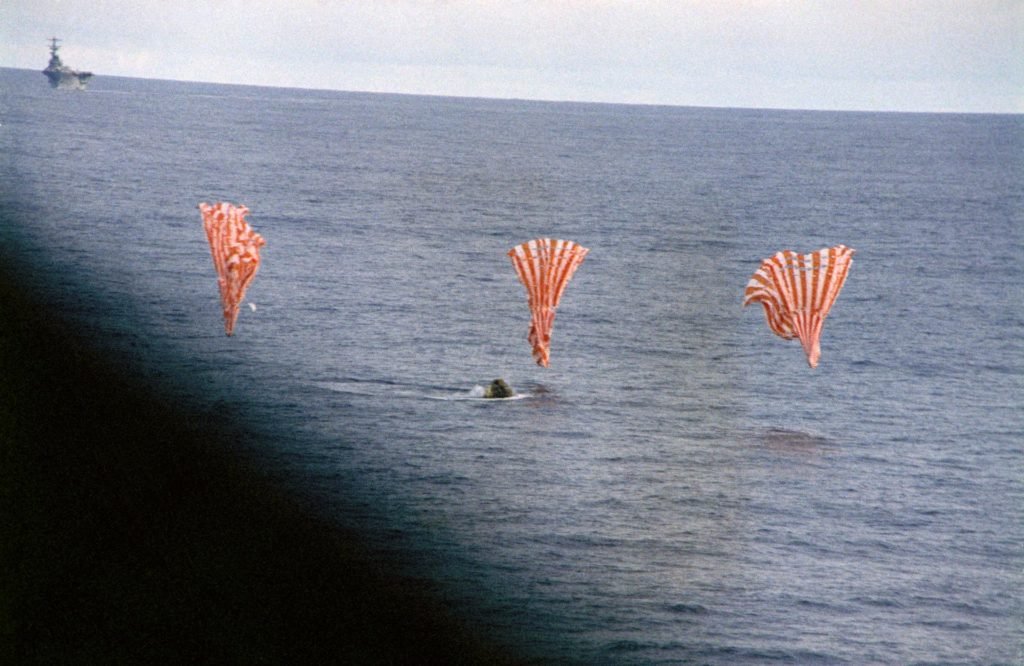
Safe Return
Despite their life-threatening challenges, the crew of Apollo 13 managed to navigate their spacecraft safely back to Earth.
The spacecraft re-entered Earth’s atmosphere on April 17, 1970, and the crew safely splashed in the Pacific Ocean.
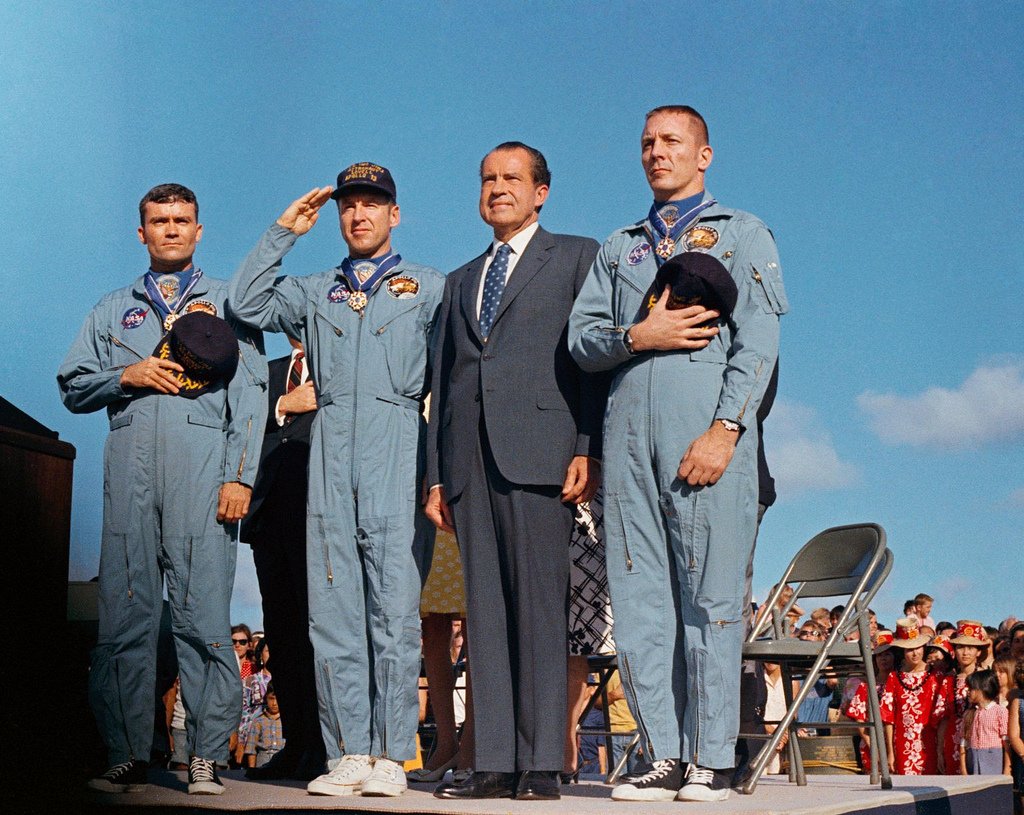
Legacy
Apollo 13 is often called a “successful failure” because the mission did not achieve its intended lunar landing but demonstrated the resilience and problem-solving abilities of NASA and its astronauts.
The incident led to a thorough investigation and changes in spacecraft design and procedures to prevent a similar accident in future missions.
The story of Apollo 13 was later popularized in books and a 1995 film, “Apollo 13,” directed by Ron Howard and starring Tom Hanks as Jim Lovell.
Apollo 13 is an enduring testament to the remarkable qualities that define human exploration of space: ingenuity, teamwork, and unyielding determination in the face of overwhelming adversity. Initially intended as another stepping stone in NASA’s Apollo program to land humans on the Moon, this mission encountered a life-threatening crisis when an oxygen tank in the Service Module exploded en route to the lunar surface.
Amid this dire situation, the crew of Apollo 13, alongside the brilliant minds at NASA’s mission control, showcased extraordinary ingenuity. They improvised solutions to preserve critical resources like power, water, and oxygen. Their rapid thinking and resourcefulness in converting the Lunar Module into a lifeboat were pivotal in ensuring the astronauts’ survival.
Moreover, the mission highlighted the power of teamwork as NASA’s ground control and the astronauts collaborated seamlessly, exchanging crucial information and troubleshooting in real time. The relentless determination of all involved, from the astronauts to the engineers on Earth, ultimately brought the crew safely back home, turning a potential tragedy into a triumph of human exploration and resilience in the harsh realm of space. Apollo 13 remains an enduring symbol of what humanity can achieve when faced with seemingly insurmountable challenges in the pursuit of scientific knowledge and exploration beyond our planet.

